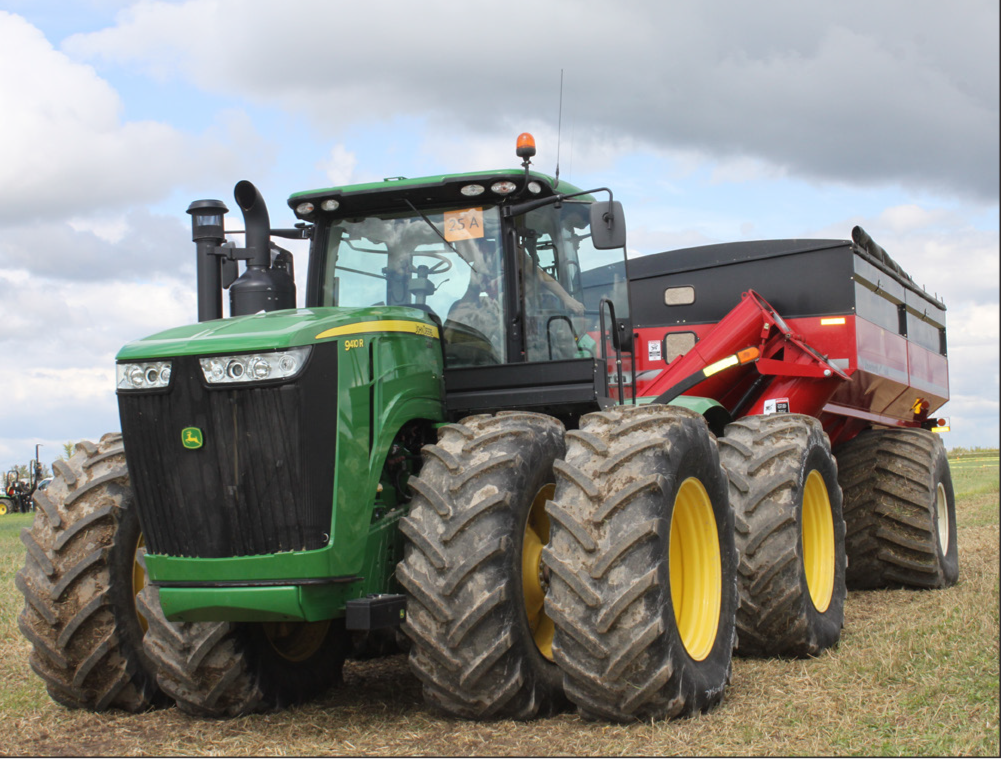How do I manage potato leafhopper in alfalfa?

Potato leafhopper is a major alfalfa pest in Ontario. Yield losses may reach 50%, and crude protein content can drop 2-3% from heavy infestations. Potato leafhopper feeding decreases stand vigour, slows regrowth and increases winterkill. The simple answer As alfalfa gets taller it can tolerate more potato leafhoppers before action is necessary to protect forage […]



